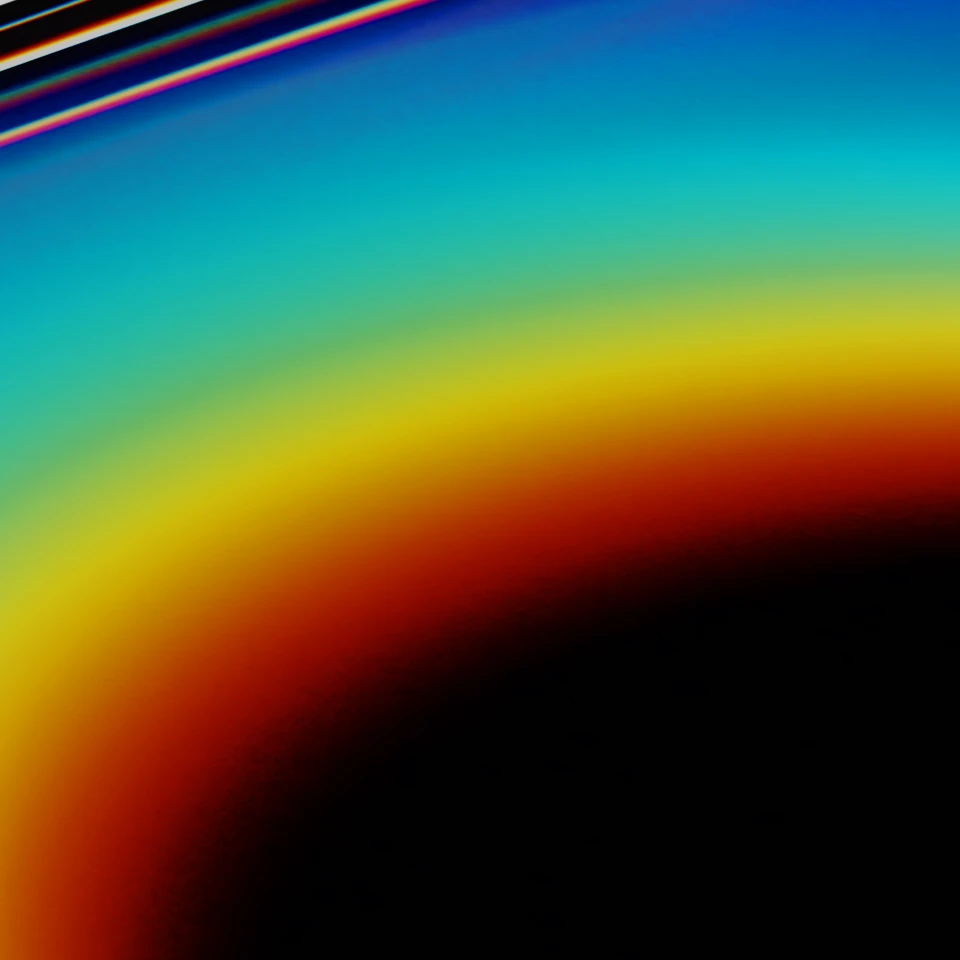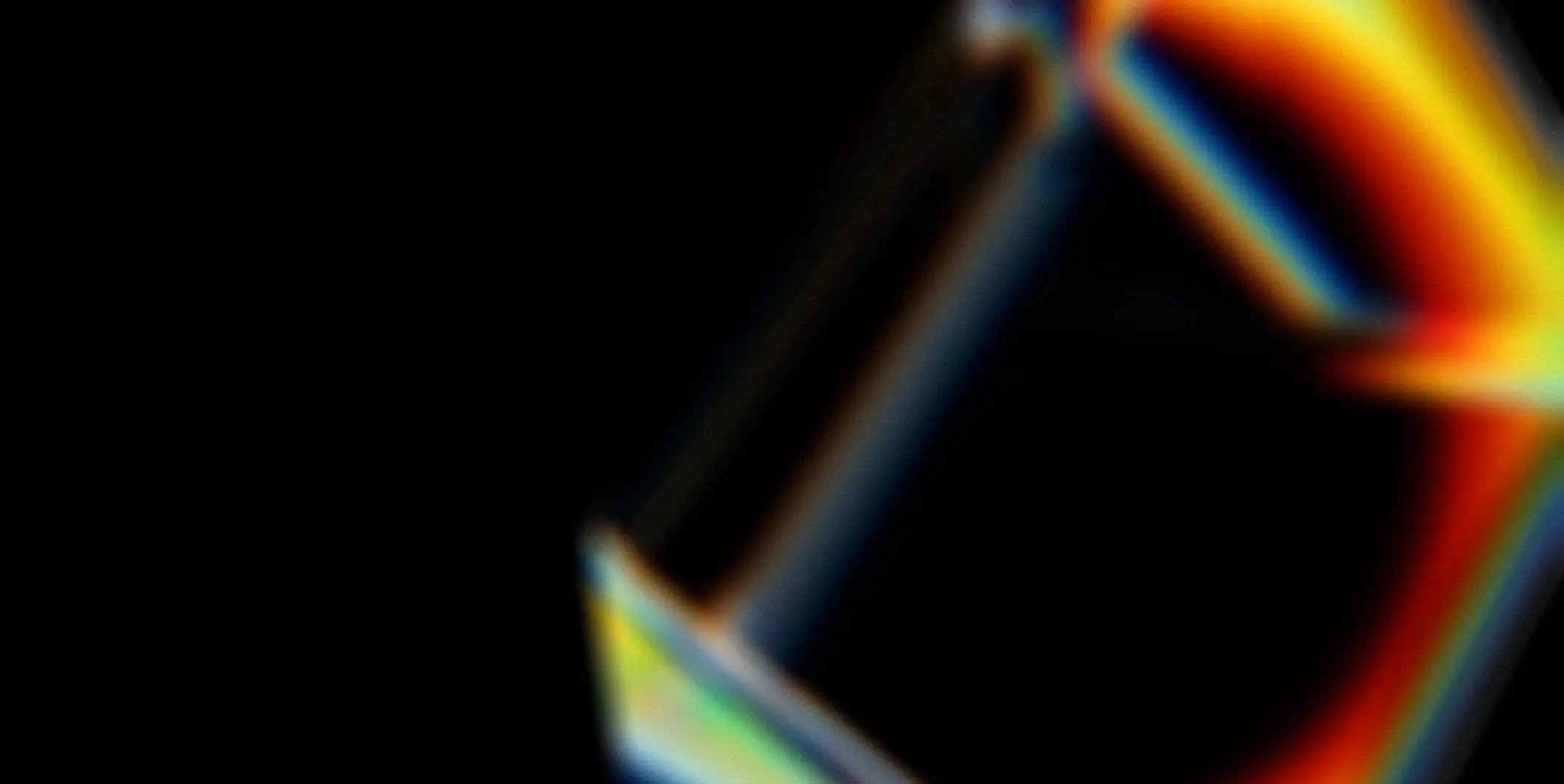Bose-Einstein Condensates
Candela Open Lectures
Fundacja Candela, we współpracy z lokalnymi naukowcami, organizuje cykl wykładów na temat fizyki kondensatów Bosego-Einsteina. Wykłady poprowadzą wybitni specjaliści, a ich adresatami są studenci, doktoranci oraz młodzi naukowcy z całej Polski i Świata. Celem inicjatywy jest przekazanie najnowszej wiedzy z zakresu optyki i fotoniki. Spotkania będą prowadzone w języku angielskim, co pozwoli uczestnikom nie tylko poszerzyć kompetencje językowe, ale także zdobyć wartościowe umiejętności.
Koordynatorzy merytoryczni serii
-
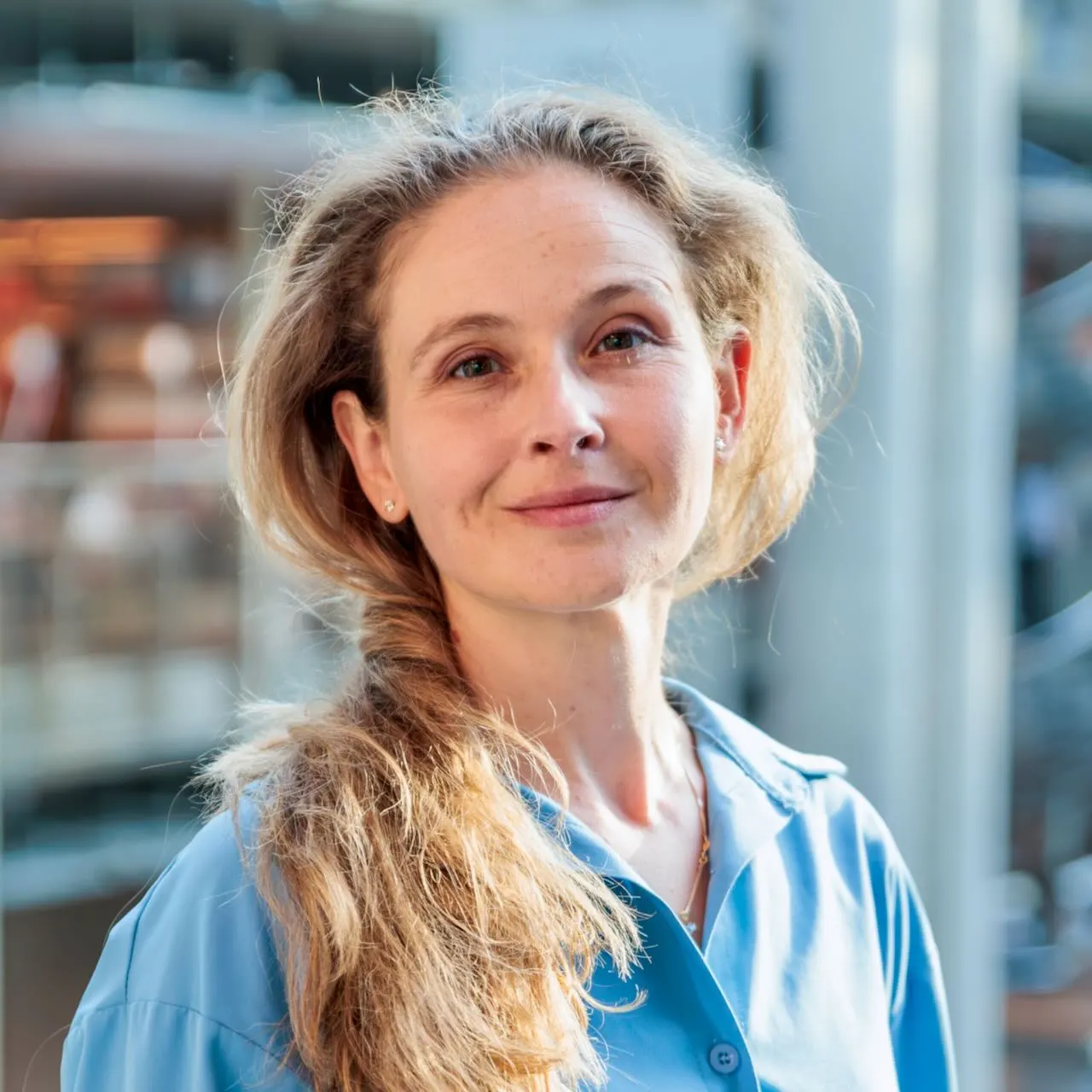
Barbara Piętka
Uniwersytet Warszawski
-
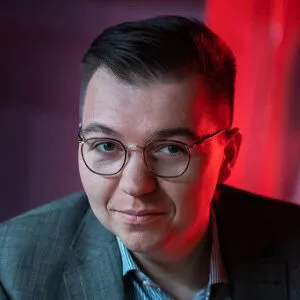
Michał Tomza
Uniwersytet Warszawski
Prelegenci
-

Michał Matuszewski
Center for Theoretical Physics, Polish Academy of Sciences (Polska)
-
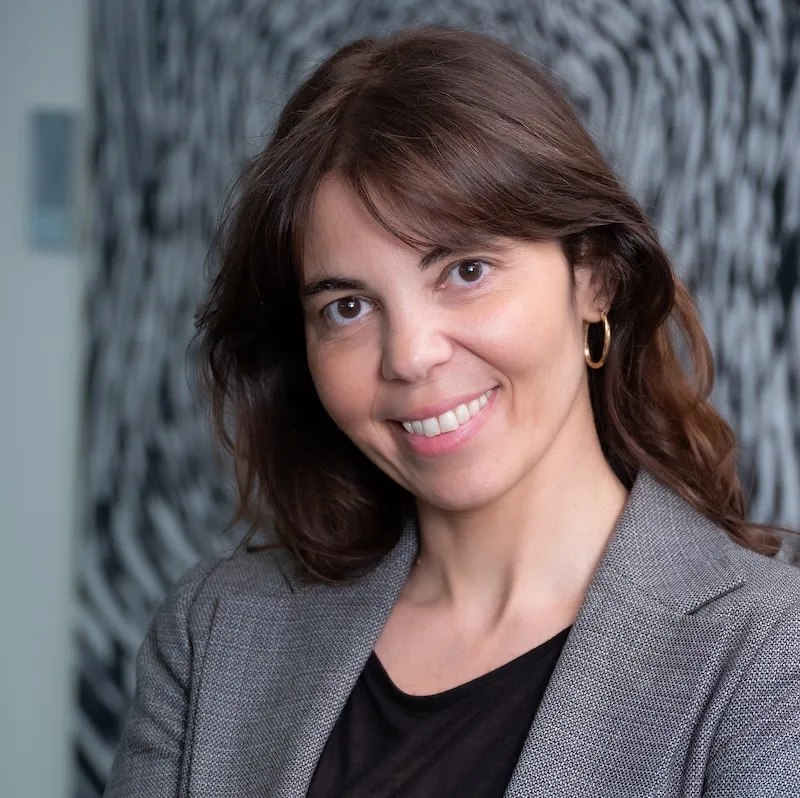
Francesca Ferlaino
Institut für Experimentalphysik, Universität Innsbruck & IQOQI- Institut für Quantenoptik und Quanteninformation, Österreichische Akademie der Wissenschaften (Austria)
-
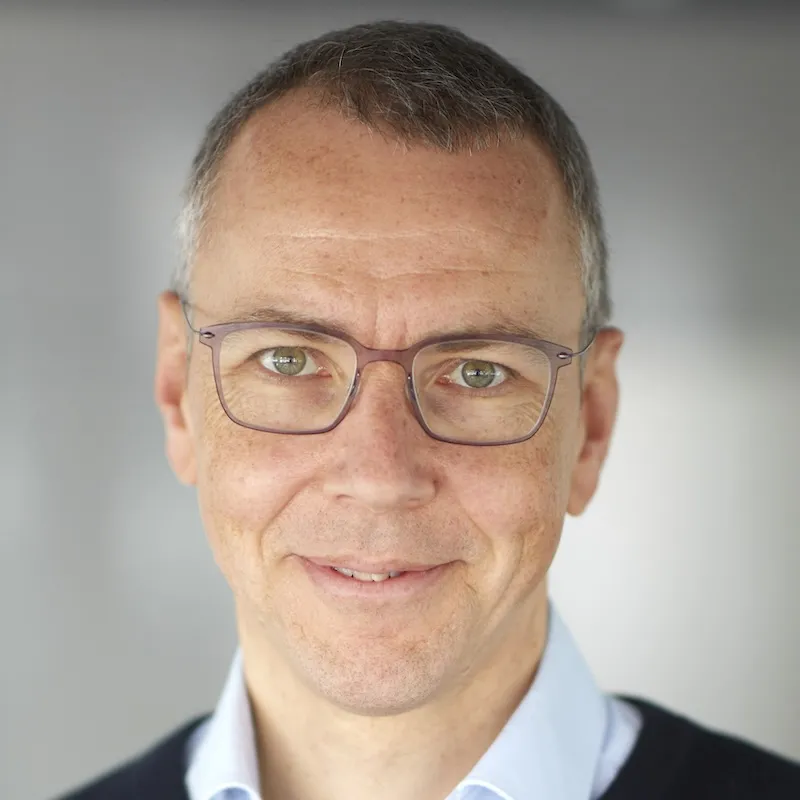
Immanuel Bloch
Max-Planck-Institute of Quantum Optics & LMU Munich (Niemcy)
-
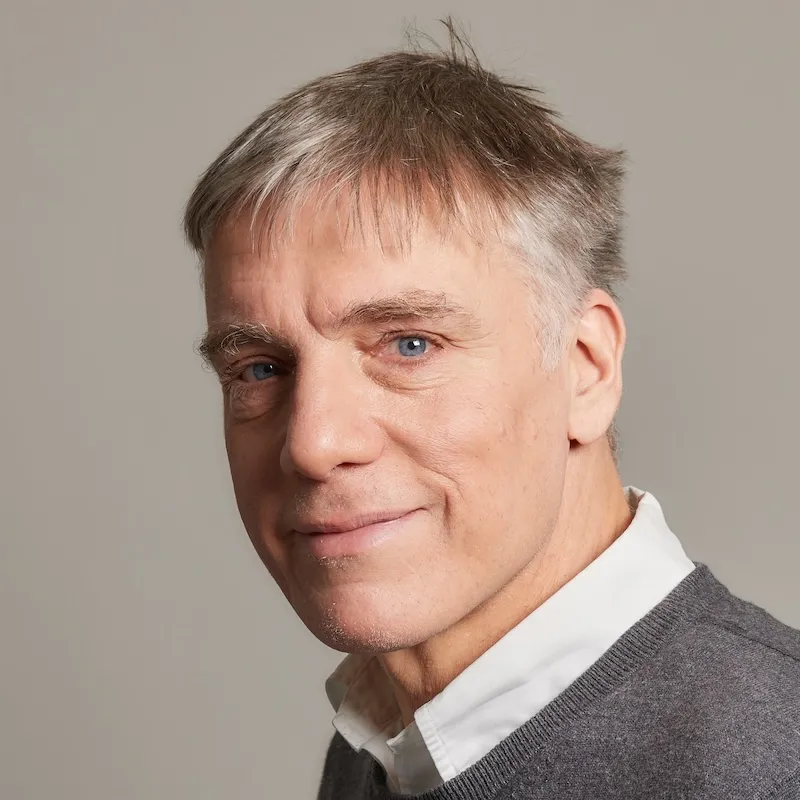
Martin Weitz
University of Bonn (Niemcy)
-
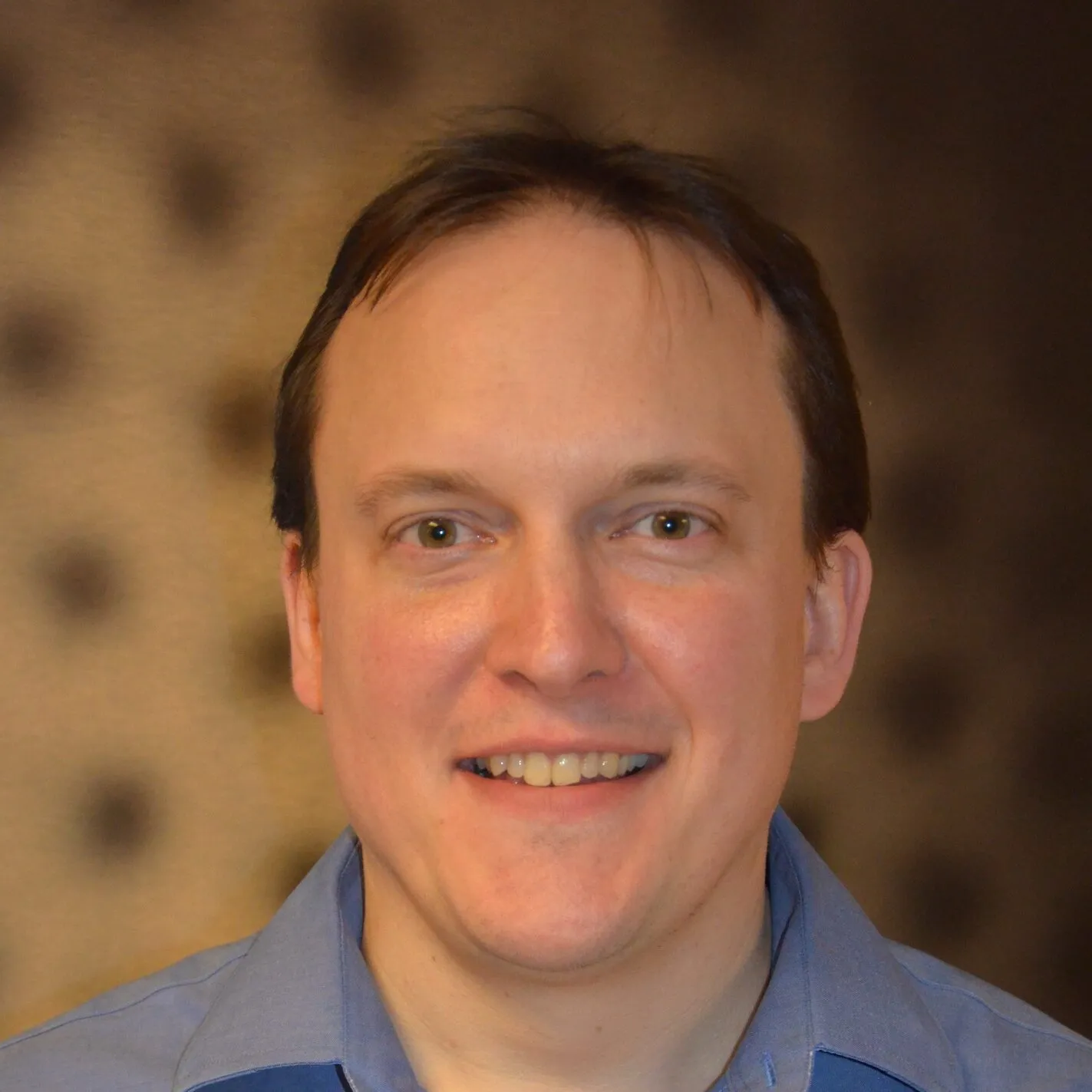
Martin Zwierlein
Massachusetts Institute of Technology (USA)
-
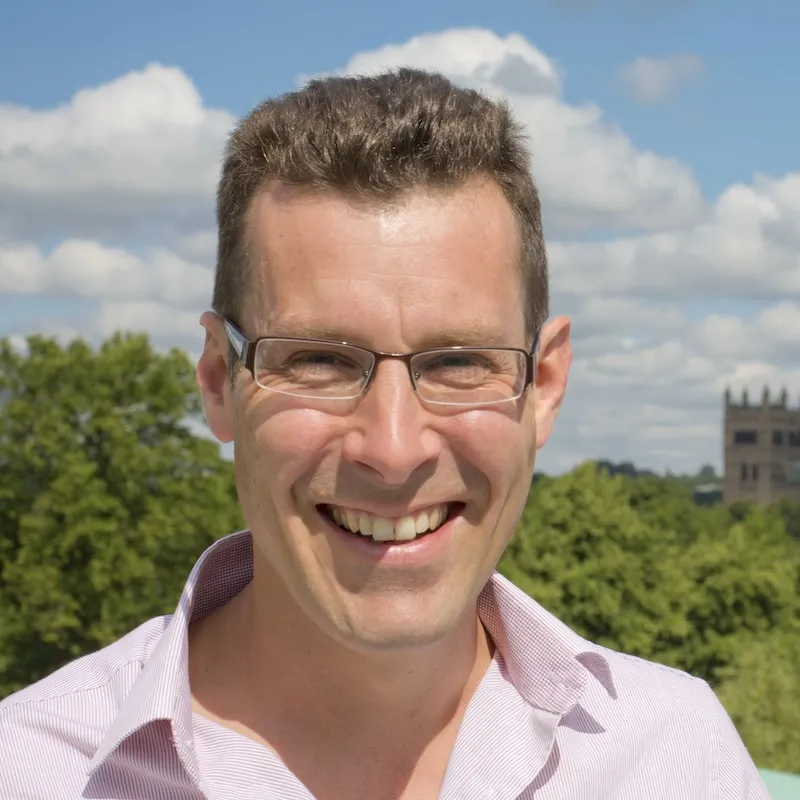
Simon L. Cornish
Durham University (Wielka Brytania)
-
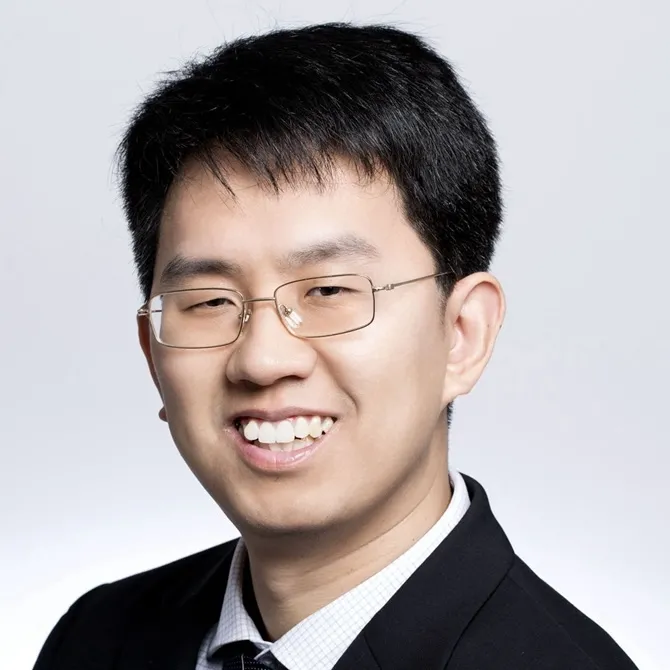
Wei Bao
Rensselaer Polytechnic Institute (USA)
-

Alberto Bramati
Laboratoire Kastler Brossel, Sorbonne Université, CNRS, Ecole Normale Supérieure PSL, Collège de France (Francja)
Wykładowcy
Data i miejsce
Zapisy
Tematyka wykładów i wykładowcy
Weź udział w serii wykładów
FAQ
Materiały & dokumenty
-
Plakat
-
Plakat (wersja w języku polskim) – do druku
kodowanie kolorów CMYK
-
Plakat (wersja w języku polskim) – do wyświetlania
kodowanie kolorów RGB
-
Plakat (wersja w języku angielskim) – do druku
kodowanie kolorów CMYK
-
Plakat (wersja w języku angielskim) – do wyświetlania
kodowanie kolorów RGB
-
-
RODO
-
Informacja o przetwarzaniu danych osobowych osób biorących udział w Candela Open Lectures
-
